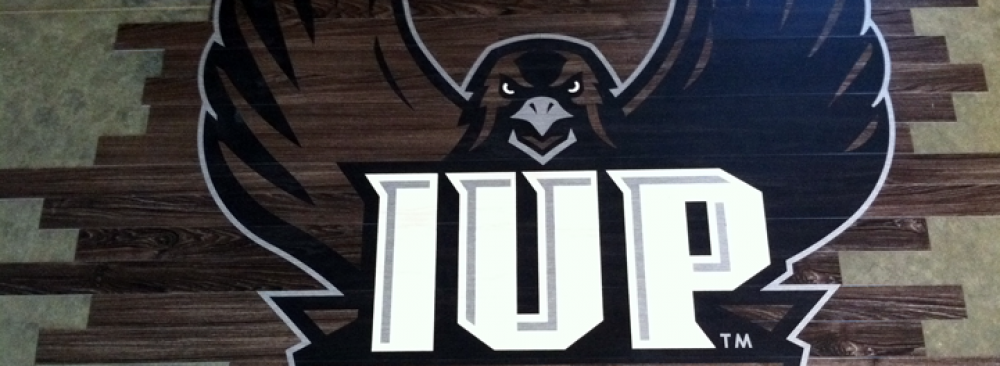Waterjet cutting has become one of the popular manufacturing methods used by organizations in different industries. At Hydro-Lazer, we get a lot of enquiries from first-time customers regarding their component manufacturing requirements. However, many customers are under the impression that only a stream of high-pressure water is required to perform the cutting process. The fact is, there are different components involved in the waterjet cutting process. As we get many enquiries like the example given above, we decided to put up a post that will help explain the components to new customers.
Understanding the Operation of Waterjet Cutting Machines through its Components
The following points will help understand the different component used with or in waterjet cutting machines, and their significance.
- CAD Program: Waterjet machines are computer controlled equipment. They require a component design as well as exact specifications to create the part. Most waterjet cutting organizations utilize Computer Aided Design (CAD) programs to create a 3D version of the part. This 3D drawing of the part is programmed into the waterjet machine via computer.
- System Controller: The waterjet cutting head is controlled by a computer, as it is extremely complicated to control the head, and ensure that the right speed and pressure is used to cut the desired part out of the material. CNC computers are used to make the movement of the cutting head simpler. The specifications and required calculations are entered into the computer, the operator presses ‘print’, and the waterjet cutting machine begins creating the desired component.
- Pressurized Pumps: Heavy duty pumps are used with waterjet cutting machines to produce a water stream of immense pressure. The pumps allow the operator to manipulate the water in terms of pressure, speed, and intensity. Organizations utilize pressurized pumps for low, as well as high-pressure waterjet cutting machines.
- Cutting Heads: Waterjet machines utilize specialized cutting heads comprising ruby or diamond orifices. Head moves along the material to cut and create the component design. Generally, the orifice is aligned with the abrasive nozzle to ensure quality cutting performance. Some cutting heads are designed to cut the material from an angle. This allows the waterjet machine to create components with complex designs and specifications. The use of the cutting head also allows the machine to achieve tight tolerances.
- Abrasive Nozzle: As the name suggests, the abrasive waterjet nozzle is the faucet through which the cutting abrasive is released along with the water. The combination of the high-pressure water, abrasives, and the cutting head allow the machine to cut through practically any material quickly and efficiently.
- Water Tank: A specialized water-filled tank is attached to the waterjet machine. Its primary function is to help dissipate the energy that gets created after the machine has cut into the material, and the cutting head is changing its position.
- Abrasive Hopper: This product is used depending on the kinds of projects that the manufacturer takes up. If the manufacturer focuses on large projects, then a large amount of abrasive will be required. The abrasive hopper is used to store the excess unused abrasive. The abrasive is passed through the hopper to the machine to replace the old abrasive, as and when each manufacturing cycle is completed.
By understanding the above information, customers will be in a better position to make clear inquiries regarding their manufacturing requirements. We at Hydro-Lazer are always willing to clear doubts and answer any questions you may have. For more information, feel free to contact us.
